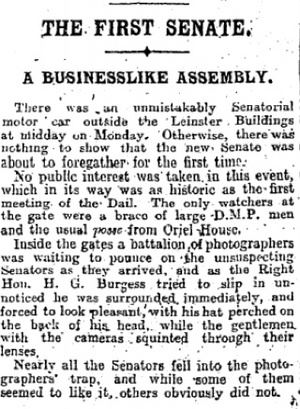
The weirdness of this system is one of the reasons why the Senate is so controversial. Like the House of Commons, the Senate’s seats are divided up between the various provinces, but the Senate uses a weird system to decide how many senators each province gets. Most men and women who get appointed to the Senate tend to be career politicians from the prime minister’s party who have recently retired, such as cabinet ministers, mayors, premiers and, in some cases, even fundraisers or staffers. By law, senators are required to be property owners in the province they represent.Īs the Senate becomes more and more politically controversial, a growing number of senators are now often appointed from outside the world of politics, with an increased focus on appointing “accomplished Canadians” who have achieved some level of success in science, education, journalism, sports or art. Reflecting a combination of the Senate’s unpopularity and its limited power, Canadian senators tend to have very low profiles, and the average Canadian would probably be hard-pressed to name a single sitting senator. Unlike Britain, however, Canada lacked an aristocracy, so the Senate quickly became a hotbed of patronage - a place where prime ministers could stick friends and allies as a reward for loyal service. This is still largely the case today.


At the time the Canadian Constitution was written, there was still relatively high levels of distrust for democracy within the Canadian political establishment, and it was considered important for there to be some level of government that could overrule what were assumed to be the occasionally dumb or dangerous ideas of politicians elected by poor or uneducated voters. The original purpose of the Senate was to provide an elite veto on potentially harmful legislation passed by the democratically-elected House of Commons, in the same way the hereditary aristocrats of the British House of Lords would often veto legislation passed by the elected House of Commons of their country.


 0 kommentar(er)
0 kommentar(er)
